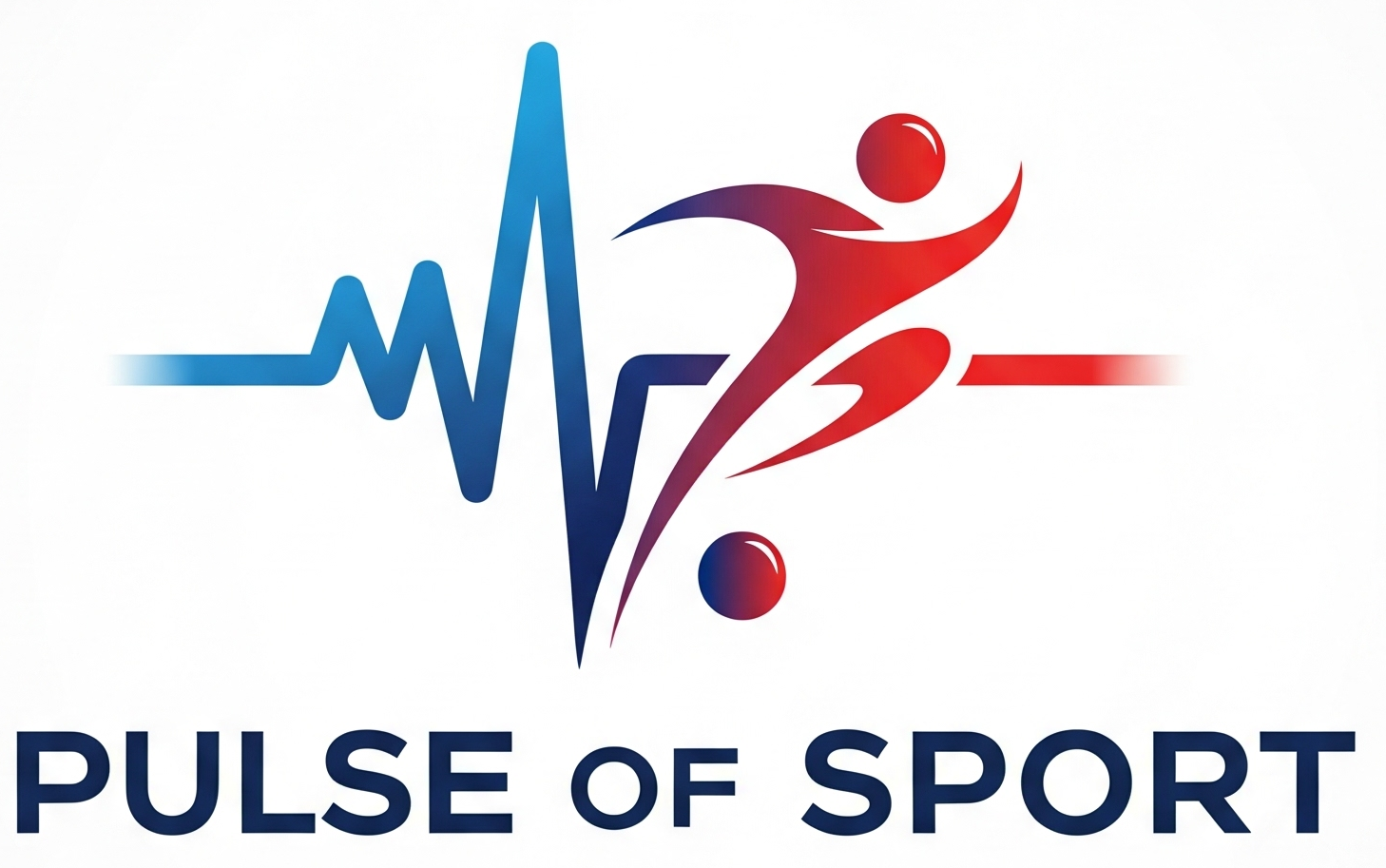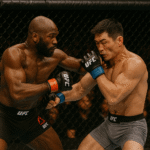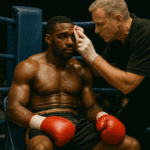Here’s a mind-bending fact: Novak Djokovic once revealed he visualizes every single point before stepping onto court at Grand Slams — that’s potentially 300+ mental rehearsals per match. Yet Ana Ivanovic, despite reaching world No. 1, admitted she’d sometimes forget her serve routine mid-match due to overwhelming pressure. The difference between these two approaches? About $150 million in career earnings and 20 Grand Slam titles.
Tennis might look like a physical chess match, but the real battle happens between the ears. At major tournaments, where careers are made and legends are born, psychological preparation isn’t just important — it’s everything. The margins are razor-thin: a single mental lapse can turn a championship run into a first-round exit faster than you can say “double fault.”
When nerves cost millions — the mental minefield of Grand Slams
Grand Slam tournaments are psychological torture chambers disguised as tennis venues. The pressure doesn’t just come from the opponent across the net — it radiates from every corner of the stadium, every camera lens, every expectation from sponsors paying seven-figure deals.
Consider what happened to Jelena Dokic at Wimbledon 2000. The 17-year-old was two points away from beating Martina Hingis, the world No. 1, in front of a stunned Centre Court crowd. Then her mind betrayed her. She double-faulted. Then again. The crowd’s energy shifted from amazement to pity in real-time. Hingis won the next five games, and Dokic’s confidence took years to recover.
The numbers tell a brutal story. Sports psychologists estimate that 60-70% of tennis matches at Grand Slam level are determined by mental factors rather than pure skill differences. That’s why you see world No. 8 players losing to qualifiers ranked outside the top 100. The pressure equalizes talent faster than a serve-and-volley attack.
The anatomy of tournament pressure
Mental pressure in tennis compounds exponentially. Unlike team sports where mistakes can be absorbed by teammates, tennis players face their demons alone. Every unforced error is amplified by stadium acoustics. Every missed opportunity is replayed on giant screens for 15,000 people to dissect.
Dr. Jim Loehr, who worked with Monica Seles and other champions, identified the “pressure cascade effect.” It starts with physical tension — tight shoulders, rushed movements. Then comes cognitive interference — overthinking shot selection, second-guessing strategies. Finally, emotional flooding — frustration, panic, or complete mental shutdown.
The financial psychology factor
Modern tennis has transformed mental pressure through astronomical prize money and endorsement deals. When a single match can be worth millions in future earnings, the psychological stakes become unbearable for some players. Simona Halep once admitted she calculated potential prize money during matches, creating additional mental barriers to peak performance.
Media and social media amplification
Today’s players face unprecedented scrutiny. Every expression is analyzed on social media within minutes. A frustrated racquet throw becomes a viral meme before the player reaches the locker room. This constant judgment creates what sports psychologists call “performance surveillance anxiety” — the fear of being watched and judged that can paralyze natural athletic instincts.
Champions’ secret weapons — psychological tactics that separate winners from losers
Elite tennis players don’t just practice forehands and backhands — they drill mental routines with the same obsessive precision. The champions who dominate Grand Slams have developed psychological arsenals that would impress military strategists.
Rafael Nadal’s pre-serve ritual isn’t superstition — it’s psychological programming. The water bottle alignment, the towel routine, the specific number of bounces before serving. Each element serves as an anchor point, keeping his mind locked in the present moment regardless of external chaos. Sports psychologists call this “attentional control training,” and Nadal has mastered it better than perhaps any athlete in history.
Serena Williams took a different approach. Her psychological preparation involved what she called “controlled aggression visualization.” She’d mentally rehearse not just winning points, but dominating opponents psychologically. Her intimidation factor was carefully cultivated — the powerful grunts, the intense stare-downs, the celebration routines that sent messages of invincibility.
Mental rehearsal techniques that actually work
The most successful players use what neuroscientists call “embodied visualization.” They don’t just imagine hitting winners — they feel the racquet grip, visualize the ball’s trajectory, and even rehearse their emotional responses to different scenarios. Roger Federer revealed he’d mentally play entire matches during flights to tournaments, complete with crowd noise and pressure moments.
The breathing breakthrough
Controlled breathing has become tennis psychology’s secret weapon. Djokovic’s between-point breathing routine helped him overcome a career-long reputation for cramping under pressure. His technique, developed with Serbian sports psychologists, involves specific inhale-exhale patterns that activate the parasympathetic nervous system, creating calm in chaos.
Positive self-talk programming
Modern tennis psychology has moved beyond generic affirmations to highly specific self-talk protocols. Players work with specialists to develop personalized internal monologues for different situations. Winning a break point requires different mental messaging than saving match point. The best players have developed extensive mental scripts for every conceivable scenario.
The pressure cooker moments that define tennis legends
Grand Slam tennis produces psychological breaking points that reveal character more clearly than any personality test. These moments — when everything hangs in the balance and mental strength becomes the deciding factor — separate future Hall of Famers from career footnotes.
The most pressure-packed situations in tennis create what psychologists call “choking paradox” — the harder players try to perform, the more likely they are to fail spectacularly. This explains why some of tennis history’s greatest upsets have occurred in the most important moments.
- The serving yips epidemic: Top players suddenly losing the ability to serve consistently during crucial moments. Novak Djokovic’s 2013 Wimbledon final against Andy Murray featured 14 double faults, many during critical games. The serve — tennis’s most repetitive, automatic motion — becomes impossible when overthinking takes control.
- Break point conversion collapses: Statistics show that many elite players actually perform worse on break points than regular points, despite these being the most important. The additional pressure creates what sports psychologists term “opportunity anxiety” — fear of wasting chances rather than confidence in seizing them.
- Fifth set mental fatigue: Physical exhaustion combines with psychological pressure to create complete performance breakdowns. Players who dominated for four sets suddenly can’t hit the court with routine shots. The mind-body connection deteriorates under extreme stress.
- Crowd noise interference: Home crowd support can backfire spectacularly when players feel obligated to meet unrealistic expectations. The pressure to please can override years of technical training and mental preparation.
- Match point paralysis: The final point syndrome affects players differently. Some rise to the occasion, others freeze completely. Andy Murray’s early career was defined by his inability to close out major finals, largely due to psychological rather than technical factors.
These pressure moments have created some of tennis’s most dramatic storylines and costly defeats. Understanding how different players respond to extreme pressure has become crucial for both performance analysis and strategic preparation.
The financial implications are staggering. A single psychological breakdown during a crucial moment can cost players millions in prize money and endorsement opportunities, making mental preparation one of the highest-return investments in professional tennis.
Modern sports psychology vs. old-school mental toughness approaches
Tennis psychology has undergone a revolution that makes previous mental training methods look prehistoric. The evolution from “just be tough” mentality to sophisticated neuroscience-based approaches has transformed how champions are made.
Old-school tennis psychology was brutally simple: overcome pressure through willpower and repetition. Coaches would create high-pressure practice situations and expect players to adapt through exposure. This sink-or-swim approach produced some champions but destroyed many more promising careers through psychological trauma and burnout.
The modern approach treats the mind like any other muscle requiring specific, scientific training protocols. Players now work with teams including sports psychologists, neurofeedback specialists, and cognitive behavioral therapists. The goal isn’t just mental toughness — it’s psychological optimization for peak performance.
Neurofeedback and brain training revolution
Elite players now use EEG neurofeedback to train specific brainwave patterns associated with peak performance states. The technology, originally developed for treating ADHD, allows players to literally see their mental state in real-time and learn to control it consciously. Djokovic and other top players credit neurofeedback training with breakthrough improvements in pressure performance.
Cognitive behavioral therapy integration
Modern tennis psychology borrows heavily from clinical psychology, particularly CBT techniques for managing anxiety and negative thought patterns. Players learn to identify and interrupt destructive thought cycles before they impact performance. This systematic approach to mental management represents a massive upgrade from traditional “positive thinking” methods.
Mindfulness and meditation protocols
The integration of mindfulness meditation into tennis training has produced measurable improvements in attention control and emotional regulation. Players practice specific meditation techniques designed for the unique demands of tennis — maintaining focus during long matches while staying relaxed between points. This Eastern philosophy merged with Western sports science has created powerful new training methodologies.
Biometric monitoring advancement
Heart rate variability monitoring, stress hormone testing, and sleep quality analysis now inform psychological preparation strategies. Players and coaches can track mental stress levels objectively and adjust training accordingly. This data-driven approach to mental training was unimaginable just decades ago.
The resistance to psychological innovation
Despite proven benefits, some tennis cultures still resist modern sports psychology. Traditional coaching methods emphasize physical repetition and mental toughness through suffering. This cultural divide creates competitive advantages for players and regions that fully embrace psychological training innovations.
Reading the mental game — how psychology affects betting markets
Smart tennis bettors know that psychological factors often matter more than rankings or recent form. The mental game creates betting opportunities that casual fans consistently miss, turning tennis psychology into a profitable edge for those who understand its implications.
Professional bettors track psychological patterns with the same intensity that stock traders analyze market trends. A player’s historical performance under pressure, their response to specific types of opponents, and their mental state indicators during pre-tournament interviews all factor into sophisticated betting models.
Consider Simona Halep’s transformation after working with sports psychologist Darren Cahill. Before their partnership, Halep was notorious for mental collapses in big matches. Bettors who recognized her psychological evolution early made significant profits as the market slowly adjusted to her improved mental game. Her French Open victory in 2018 paid massive dividends for those who backed her mental transformation.
- Pre-tournament psychological indicators predict performance: Player interviews, body language during practice sessions, and historical pressure performance patterns provide betting edges. Players dealing with personal issues, coaching changes, or confidence problems often underperform regardless of their physical preparation.
- In-match psychological momentum shifts create live betting opportunities: Recognizing when a player is mentally checking out — through body language, shot selection changes, or emotional responses — can provide profitable live betting spots before odds adjust to reflect the psychological reality.
- Matchup-specific psychological advantages override rankings: Some players have demonstrable psychological edges over specific opponents regardless of current form or rankings. These mental matchup advantages often persist for years and create consistent betting value when markets underestimate their importance.
The psychology of crowd support also creates betting angles. Players performing in their home countries often face additional pressure that manifests as early-round struggles, even when they’re overwhelming favorites. Understanding these psychological dynamics can inform both pre-tournament and in-play betting strategies.
Mind over racket — where tennis psychology is heading next
Tennis psychology stands at the threshold of revolutionary advances that will make today’s mental training methods look primitive. The convergence of neuroscience, artificial intelligence, and virtual reality is creating possibilities that seemed like science fiction just years ago.
Virtual reality training systems now allow players to practice pressure situations with unprecedented realism. Imagine rehearsing a Wimbledon final complete with crowd noise, camera flashes, and opponent-specific behaviors without leaving the training facility. This technology promises to democratize access to pressure training that was previously only available through actual tournament experience.
Artificial intelligence analysis of player behavior patterns is revealing psychological insights invisible to human observation. AI systems can detect micro-expressions, body language changes, and behavioral patterns that predict mental states with startling accuracy. This technology will eventually allow real-time coaching adjustments based on psychological assessments during matches.
The integration of genetic testing and psychology represents another frontier. Research suggests certain genetic markers correlate with stress response patterns and anxiety susceptibility. Future psychological training programs may be customized based on individual genetic profiles, creating highly personalized mental preparation protocols.
Pharmaceutical enhancement of psychological performance remains controversial but inevitable. While current anti-anxiety medications are banned, research into cognitive enhancers and stress-response modulators continues. The ethical boundaries of psychological enhancement will likely become major issues as these technologies advance.
The democratization of sports psychology through technology apps and online platforms means future generations of players will have access to mental training tools that current champions consider competitive advantages. This widespread availability could fundamentally alter the psychological landscape of professional tennis.
Will tomorrow’s tennis champions be defined more by their mental programming than their physical gifts? The answer might reshape everything we think we know about what makes a champion.



